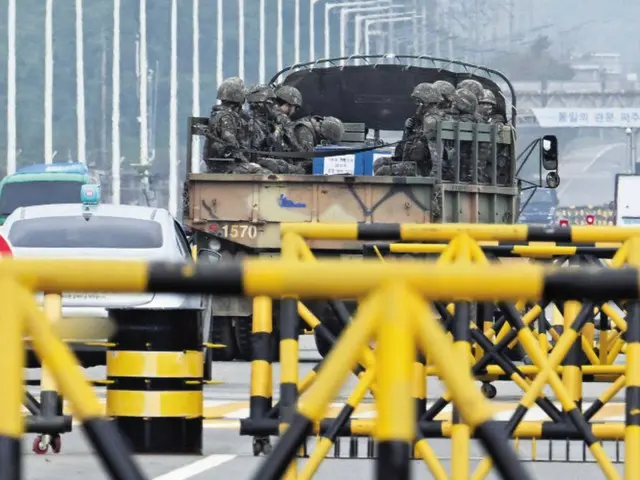On the 10th, the Ministry of Communications announced that 331 reports of GPS interference from North Korea had been filed this month. From the 1st to 11:00 a.m. on the same day, a total of 331 reports were filed, including 279 for aircraft and 52 for ships.
The South Korean government detected GPS radio interference signals from North Korea transmitted from the Kaepung and Haeju areas of Hwanghae Province through its radio wave management system. Military authorities also said that North Korea had been sending radio interference signals from the Hwanghae Province and elsewhere since early last month.
The North Korean government is monitoring the activity and confirming the GPS jamming signals being sent. What is unusual is that the GPS jamming by North Korea began in May when it started flying trash balloons toward South Korea, and it was detected as being within the Northern Limit Line.
In the past, the missiles were aimed at the North Korean Landing Layer (NLL) area, but recently their characteristics have changed. They have become less powerful and last for shorter periods, and are now aimed in multiple directions other than the South Korean side.
As a result, the South Korean military has analyzed that North Korea's interference may not be primarily aimed at South Korea. 331 cases of GPS interference by North Korea have been reported, but the number of accidents and other damage caused by this is unknown.
No harm has been done. However, the interference has been felt in areas outside South Korea, such as the sea to the north of Baengnyeong Island. Is it possible that these disturbances are related to the drone leaflet distribution that North Korea claims to be using?
There are also speculations that Kim Jong Eun, the general secretary of the North Korean government, may have been presiding over a consultation on national defense and security after the drone intrusion, and therefore the GPS jamming may have been focused on the drone.
"The impact on South Korea will be minimal, but we are keeping a close eye on the signals that were detected," said a military source. "It could be training, or it could be that they've been using drones at home and abroad."
"However, there is a possibility that North Korea's GPS jamming could lead to a full-scale provocation against South Korea in the future," he said.
Earlier, President Yoon Seok-yeol, in a telephone conversation with US President-elect Donald Trump, spoke about North Korea's ballistic missiles, the scattering of garbage balloons in South Korea, and the GP.
The Joint Chiefs of Staff also announced that they would meet in the near future to discuss how to respond to North Korea's intercontinental ballistic missiles (ICBMs) and short-range ballistic missiles (SBMs).
Following the launch of the SRBM, North Korea's additional provocation scenarios include strategic challenges such as the launch of a space launch vehicle (SLV), a submarine-launched ballistic missile (SLBM), and a hypersonic missile, including a seventh nuclear test.
Along with the announcement, the report also raises the possibility of full-scale artillery bombardment in contact areas on the northwestern islands, drone intrusions, and GPS jamming.
2024/11/11 06:33 KST
Copyrights(C) Herald wowkorea.jp 104

